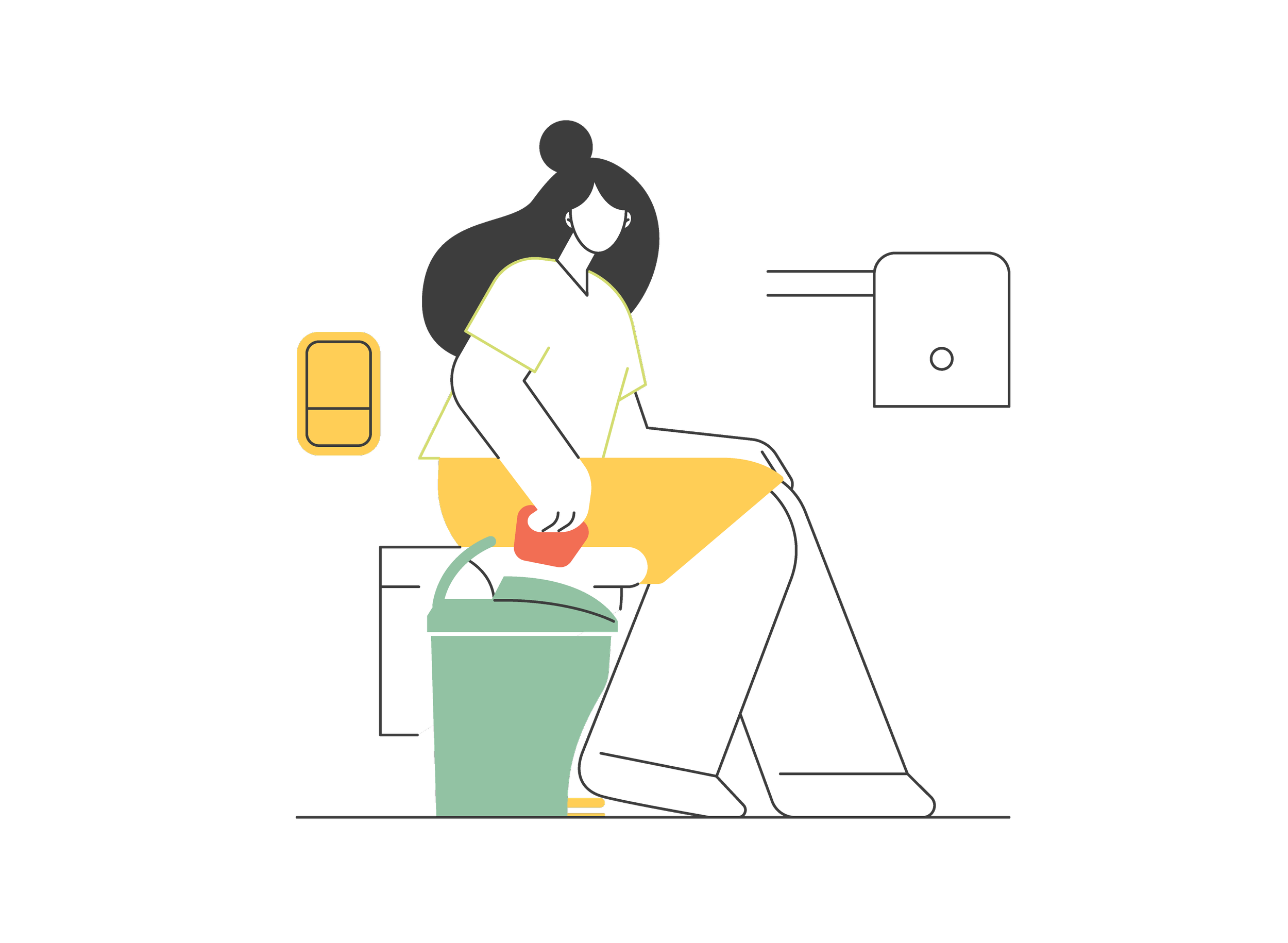
Safety
The greatest "hot spot" for cross contamination and the spread of disease in a restroom is an old-style, on-the-wall sanitary waste bin. Women’s bathrooms are 2:1 over men’s bathrooms for contamination.
Safety for All
Older model, sanitary waste bins require physical contact to use. This type of bin is a proven “hot spot” for germs and diseases. Not to mention they smell and require frequent attention from janitorial staff. They’re also difficult and unpleasant to use, which causes women to flush instead of dispose.
The Freedom Hygiene solution requires no special fittings and easily works with all individual stalls. It’s hands-free and women prefer it, which helps eliminate clogged toilets and trash on the floor. The foot-pedal mechanism prevents the spread of germs and contributes to health and wellness.
-
Hepatitis is a serious and growing problem.
Hepatitis C virus is highly infectious and easily transmitted even in microscopic amounts of blood.
Hepatitis B virus can live on a surface for at least 7 days and is transmitted to others through blood.
75% of people with Hepatitis C show no signs or symptoms and do not know they are infected. Hepatitis can remain infectious at room temperature for up to 6 weeks. There is no vaccine to prevent Hepatitis C.
Almost 300 million people are living with chronic Hepatitis B infections with 1.2 million new infections each year.
Sanitary napkin disposal is ranked among the highest in Coliform bacteria contamination and have the highest isolation of E. coli.
Restroom users are exposed to microorganisms like E. coli, Salmonella, Cryptosporidium, Staphylococcus, Hepatitis, and C. difficile. These pathogens linger for months unless units are regularly and properly sanitized.
-
COVID-19 can last up to 72 hours on stainless steel.
To eliminate bloodborne germs older model bins should have a 10 minute wet dwell time with approved disinfectants (OSHA & EPA regulations). Dwell time is the amount of time disinfectants need to remain wet on a surface to properly disinfect.
Hepatitis B has been demonstrated to survive in dried blood at room temperature on environmental surfaces for at least 1 week.
Hepatitis B is 100 times more infectious than HIV.
Healthcare support occupations have the highest absence rate in the U.S. at 5% followed by cleaning and maintenance crews at 4.1%, often due to infection related to their jobs.
Pathogens in the workplace come with a costly side effect: absenteeism. The USA Center for Disease Control and Prevention reports that productivity losses linked to absenteeism cost employers $225.8 billion annually or $1,685 per employee.
-
Dr. Charles Gerba, Professor of Environmental Science and Microbiology, reports that the No. 1 bacterial hot zone in a female restroom is the sanitary napkin bin. Dr. Gerba has studied washroom contamination for over 20 years
The Hepatitis B virus can live outside the body for 7 days.
Children are exposed to the risks of old-style sanitary bins. Per Dr. Gerba’s research, the highest bacterial hot zones in bathrooms are outside sanitary napkin disposals, which are often at level with children’s faces and hands.
Dr. Gerba discovered that an invisible mist is released each time a toilet is flushed. This mist can contain many blood-borne diseases.
Women’s restrooms have higher bacterial hot zones than men’s. Women spend twice as much time in the bathroom as men. Small children often are more likely to use the female restroom than the male one.
The Science of
Obviously it’s great that our Freedom Hygiene bins reduce water usage 10% by eliminating double and triple flushing. They also lower energy costs and save hidden fees on bag liners, sanitizers, and bin maintenance. But what you might not know is the science behind how much safer our bins are…









